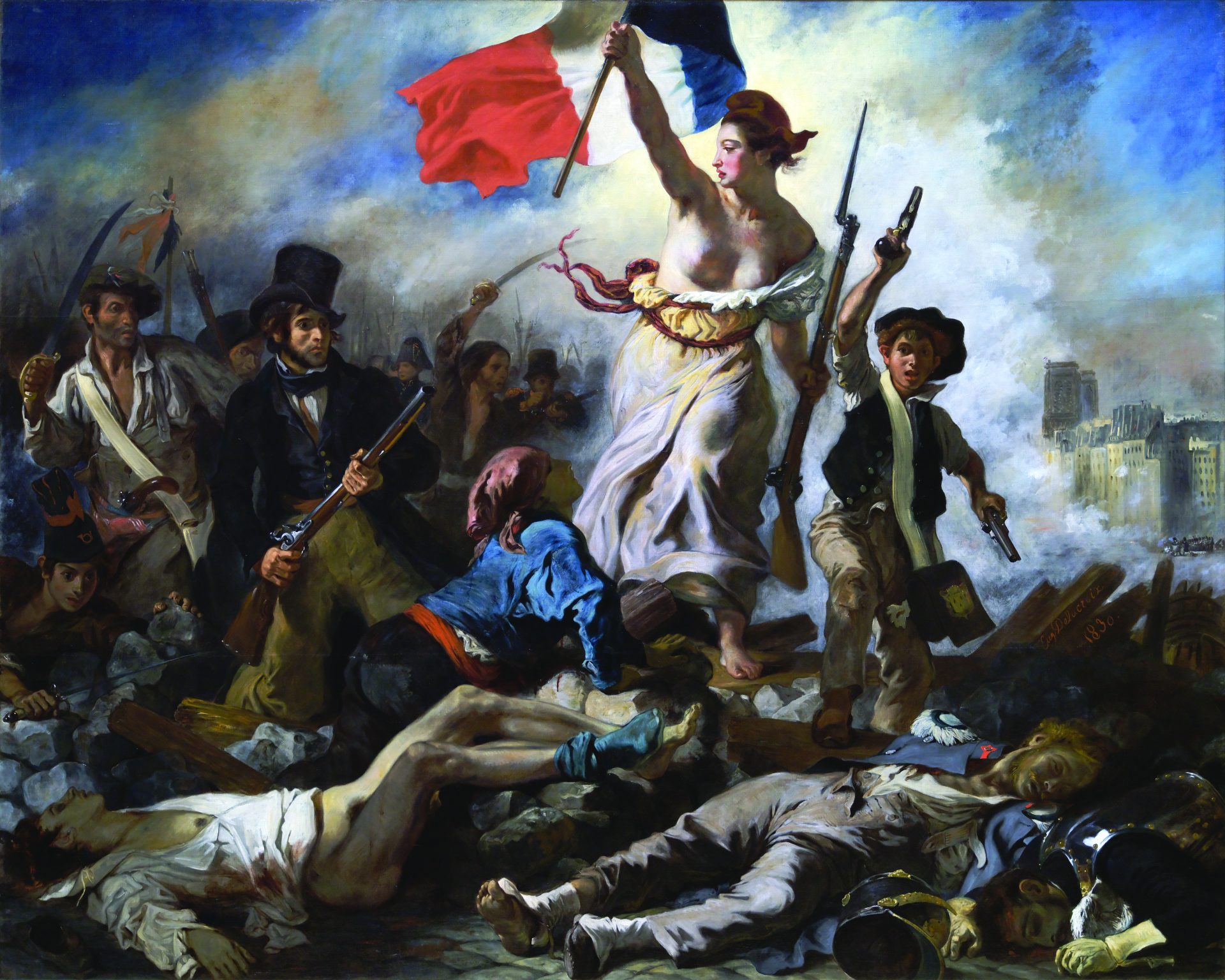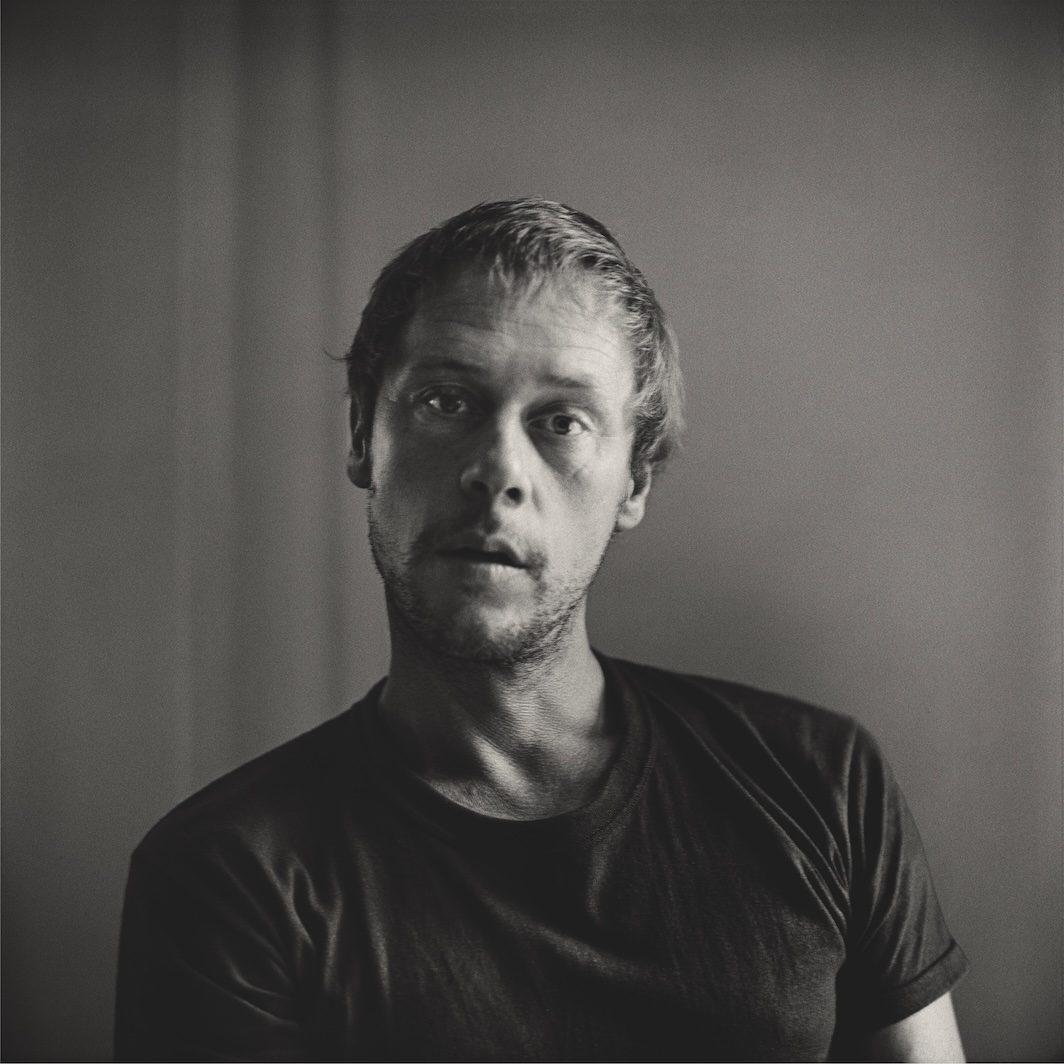
Humans are easy to decapitate: Our large heads rest on little necks. Most mammals have thick muscles joining the shoulders with the base of the skull; ours are so slender that our spines show through the skin. It is the price tag of standing upright, of casting off the hominid hunch. “Heads,” writes Frances Larson in Severed, are “tempting to remove.” Above the shoulders, our anatomy resembles a teed-up golf ball.
Larson, an English anthropologist, thinks that before turning to the mind-body problem, we might consider the head-neck situation. She wrote the book, a survey of our “traditions of decapitation,” because she believes dead heads can tell us things about our souls: “What can we learn about our common humanity from this, the ultimate image of inhumanity?” The answers she provides to this question are fascinating and unexpected (as well as grisly and paradoxical). Beheading isn’t barbaric, if by that we mean archaic. On the contrary, it is modern, the dark side of the belief that “we are our brains.” Historically, it is the people who wanted to prove something, not those who wanted to hurt somebody, who have cut off the most heads. Science “excused a multitude of sins,” Larson writes, “particularly when the ‘subjects of study’ were impoverished, imprisoned or deemed to be primitive.” She distinguishes between “those people who are labeled” and “those who label people.” The labelers get away with murder (literally). In her story, curiosity opens the door to monsters.
Of course, Larson is curious too, and curious about her curiosity. She knows it’s nasty but assumes she’s not alone—“part of the horror is that a severed head is so captivating.” Why does she want to see what repels her? The best sections of Severed look inward to these cringing urges, which run deep. “I feel myself ashamed and degraded at the brutal curiosity which took me to that brutal sight,” wrote William Makepeace Thackeray in 1840, after the public execution of a murderer. The writer had gone to see the killer die live.
In nonfiction about death the personal anecdote is never far away. Larson first felt the pull of her strange topic at the Pitt Rivers Museum in Oxford—i.e., “the place with the shrunken heads.” These heads (there are ten) arrived in England in the nineteenth century. The dark and detailed faces were small enough to hold in a hand. They were produced, according to ritual, by the Shuar, an Amazonian people of present-day Ecuador, and when they sold well the traders who’d acquired them went back for more. Headhunting had once been occasional, but the logic of the market took over: “Guns were used to take heads, which were, in turn, exchanged for more guns.” The Shuar beheaded each other, Europeans, dug-up corpses, even monkeys; it was hard to tell the difference once the heads were shrunk. Rumors of the killing made them seem more savage, which in turn made Europeans want more from them. “Visitors may see these exhibits . . . as the gruesome trophies of an untouched savage people,” Larson writes, “when what they are actually seeing are the gruesome trophies of a western fascination with the idea of an untouched savage people.”
In this manner, civilization gave birth to its nightmares, which episode Larson treats as typical. All of us are excited by what we fear—particularly, she suggests, if we are intellectuals. “Wonder and revulsion, ever in flux, are the twin responses to the study of ‘gross anatomy,’” Larson writes, and her prose displays both. About heads, she is of two minds. She wants to know more, and less. No kidding. A premed explains the trick to cutting up cadavers: “You don’t let yourself think about the fact . . . that the tongue has kissed someone.”
People in denial of the facts are always vulnerable to those who tell them what they want to hear. Dead heads are big with frauds. Churches in possession of skulls have been known to spread word of their magic properties. Victorians stole them from graves and used them to adorn their walls. Some rich people think they can live forever, thanks to cryogenics, if they agree to be beheaded after death. “Who would ever have dreamed that cutting off your mother’s head could be the ultimate act of caring love?” asks one son. That severed heads lend themselves to so much duplicity has to do with their essential doubleness. Both “unique” and “impersonal,” they span “the boundaries between persons and things.” They are the thing that stands in for nothingness, the ultimate memento mori—and the ideal prop for people looking to exploit the terror of others. Phrenologists used them to spin their theories of the races and potentates to assert their power. Artists saw in them, or tried to see, death itself, but as Damien Hirst put it, “When you’re actually confronted with that kind of thing . . . it just gets relocated somewhere else.”
It’s this desire to see what isn’t there—the secret of race, the enemy tamed, the cure for death, the essence of transience—that blinds people to the ugliness of what is. Larson’s diverse anecdotes leave a single impression: You cannot look at horrors without them tainting you. When the guillotine was introduced in France, in 1793, the crowds complained, but not about the carnage. They missed the spectacle of the manual style. No longer could a drunken executioner or a dull blade be counted on to spice things up. “Taking the drama out of death,” Larson warns, “is a dangerous ideal.”
There’s even less drama now. Larson tells the story of Nicholas Berg, an engineer who went to Iraq during the American invasion. Soon after his disappearance, in the spring of 2004, a video began to circulate. Men in black speak in Arabic; one has a knife; Berg, in orange, is seated. To see the actual beheading Americans had to go on the Internet. They googled for it—“beheading video,” “berg beheading.” In the weeks that followed, only queries for American Idol were more popular. A survey reported that half of those who had seen the “graphic content” felt they had made a “good decision.” The other half had made a bad one. Did they know more, or less?
James Camp is a copy editor at Bookforum.






